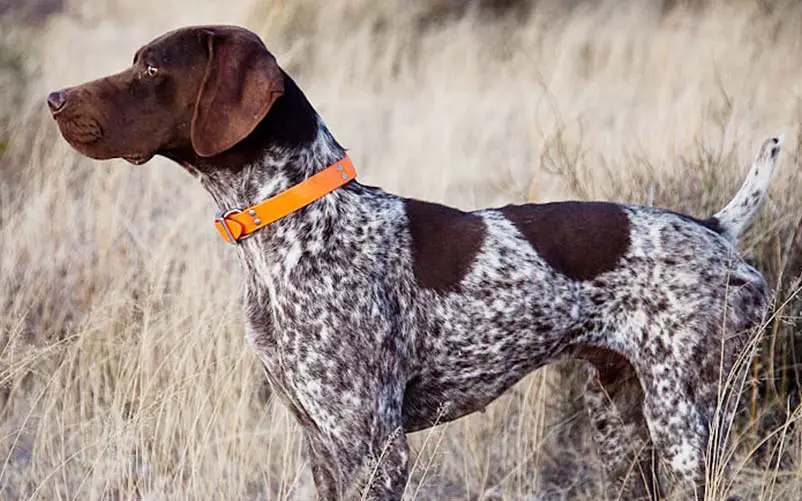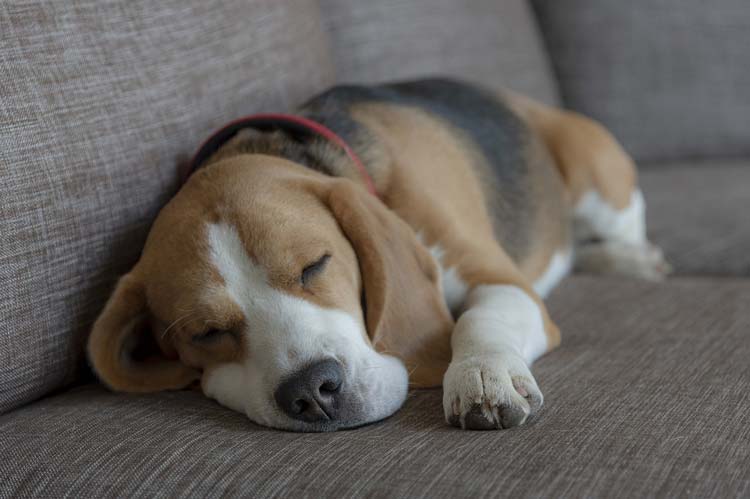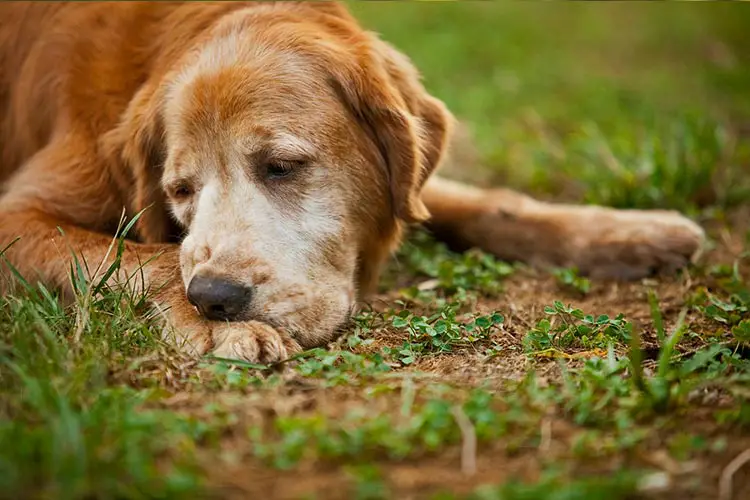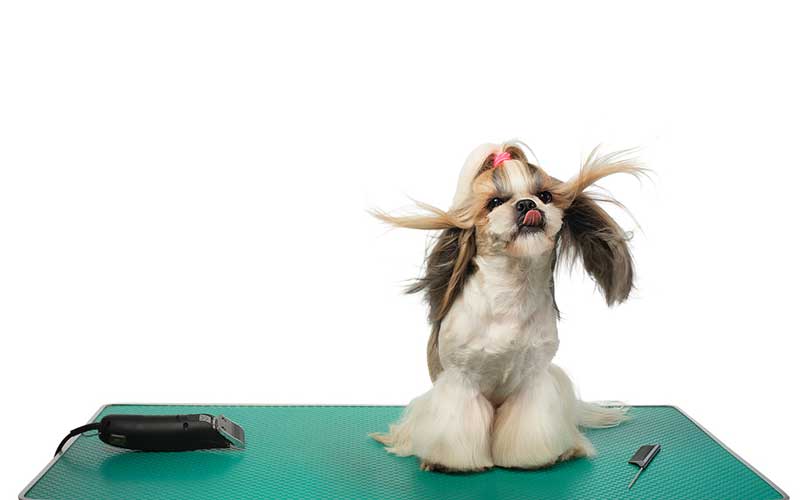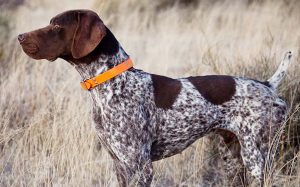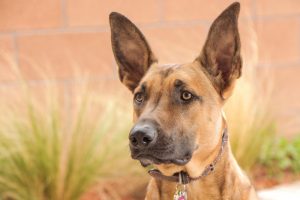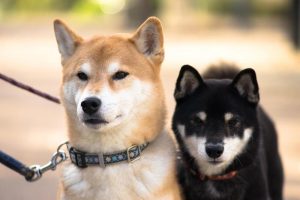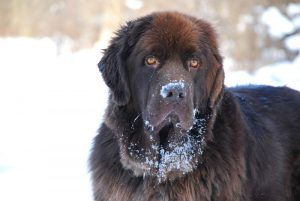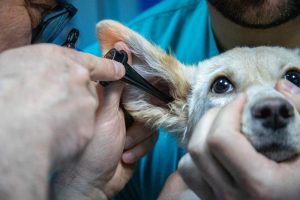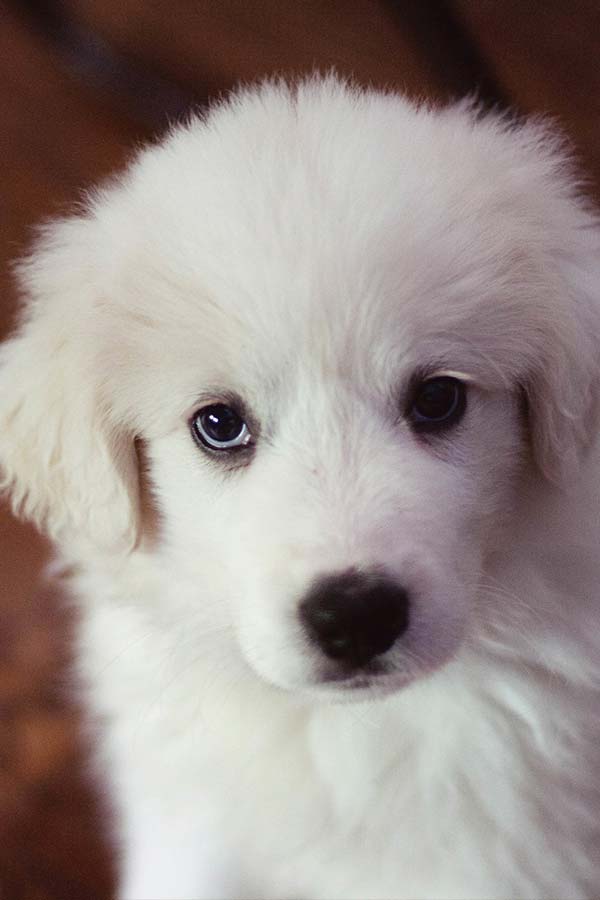 As an affectionate dog breed, the Great Pyrenees is a great companion for you and your family if you live in cold weather. However, to raise them properly, you have to know which kinds of food to feed them, how much to feed them, how often to feed them, and everything else in between.
As an affectionate dog breed, the Great Pyrenees is a great companion for you and your family if you live in cold weather. However, to raise them properly, you have to know which kinds of food to feed them, how much to feed them, how often to feed them, and everything else in between.
With that said, we wrote an article below to help you find out the best feeding tactics for your Great Pyrenees puppy. Since it belongs to the large breed family, you’ll find it a little tricky to feed them properly if they like to gobble down their food. The Great Pyrenees is a breed that’s likely to get bloated so they should have scheduled feedings.
In this article, we list down the tips and guidelines for you to feed your Great Pyrenees puppy the right amount of food to keep them healthy and fit.
See also:
Page Contents
How much to feed a Great Pyrenees puppy?
If you aren’t too sure how much to feed your Great Pyrenees puppy, start with 1 1/2 to 2 cups of kibble or dry food. If your puppy needs more food in case they are active and sporty, you can increase the number.
Increasing the amount of food per day should also only be done if your puppy seems underweight. We have a weight chart below to find out if your pup needs a bit more weight boost for their age.
During the weaning process, you can start with feeding your Great Pyrenees puppy a mix of solid food with warm water. You can also use moist food or wet food instead and then sprinkle a little bit of kibble on top.
Remember that when you start the weaning process, it pays to be patient. The Great Pyrenees puppy will eventually become adults and that’s when you can lessen the food intake after their growth spurt.
If you aren’t very sure with which food nutrients or types they should be fed, you can consult your vet. After all, the Great Pyrenees is a breed that’s prone to infections and immune system-compromising health risks.
Feeding Schedule
On average, the Great Pyrenees puppy should be fed 3 to 4 times a day. However, if they get bouts of voracious eating, you can increase the number but decrease the amount of food per serving.
Your Great Pyrenees puppy feeding schedule could be something like this:
| Sun | Mon | Tue | Wed | Thu | Fri | Sat | |
| Morning | |||||||
| Noon | |||||||
| Afternoon |
With this setup, you can either feed your Great Pyrenees puppy twice around noon time. For example, feeding your puppy at 7 a.m., 12 noon, 3 p.m., and then 6 p.m. would be just fine.
Growth Chart
To help you figure out if your Great Pyrenees puppy is just the right weight for their age, here’s a simple average chart for you:
| 1 months | 8 kg. | 17.5 lbs. |
| 2 months | 10.8 kg. | 23.8 lbs. |
| 3 months | 14.5 kg. | 32 lbs. |
| 4 months | 18.8 kg. | 41.5 lbs. |
| 5 months | 27.7 kg. | 61 lbs. |
| 6 months | 24.5 kg. | 53.2 lbs. |
| 7 months | 30 kg. | 66 lbs. |
| 8 months | 36 kg. | 79.4 lbs. |
| 9 months | 42 kg. | 92.6 lbs. |
| 10 months | 47.6 kg. | 105 lbs. |
| 11 months | 52.5 kg. | 115.6 lbs. |
| 12 months | 56.5 kg. | 124.5 lbs. |
| 13 months | 69.6 kg. | 131.6 lbs. |
| 14 months | 62 kg. | 137 lbs. |
| 15 months | 64 kg. | 141 lbs. |
| 16 months | 65.5 kg. | 144.4 lbs. |
| 17 months | 67 kg. | 148 lbs. |
| 18 months | 67.8 kg. | 149.5 lbs. |
| 19 months | 68 kg. | 150 lbs. |
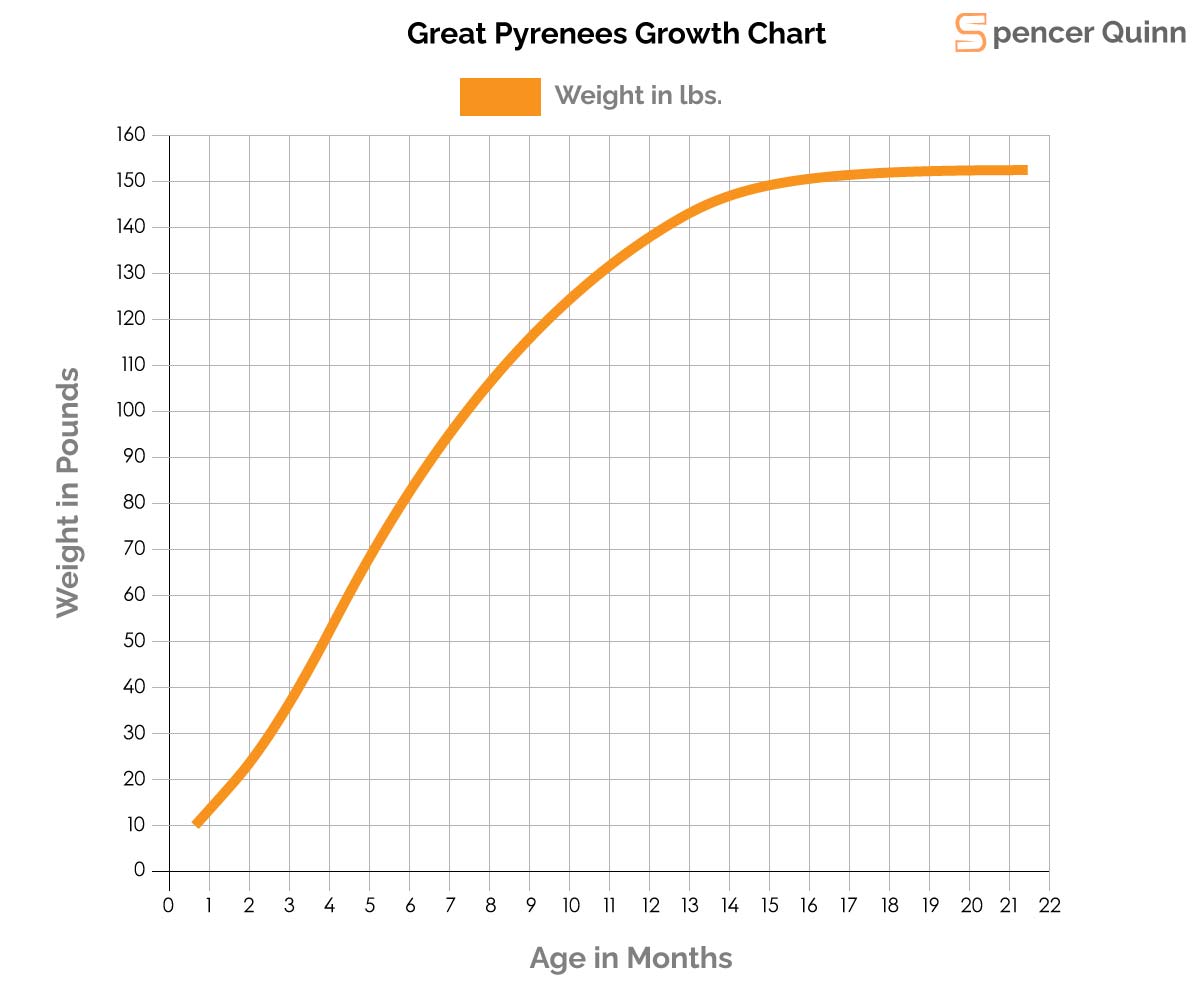
Recommended Food
Among the best food sources of food for a Great Pyrenees puppy include the following:
1. Meat products
These are commonly found in either kibble or wet food. Look for wild game, poultry (chicken, turkey), lamb, fish, and the like. It should be the first ingredient on the product in question. The Great Pyrenees should have at least 22% protein in their daily diet.
2. Foods for the bones
The Great Pyrenees is a breed that’s prone to hip dysplasia so they’ll need nutrition for their bones. This includes calcium, vitamin D, phosphorus, and glucosamine. They are found in most puppy foods that are meant for large breeds.
3. Easily-digestible foods
Since the Great Pyrenees is prone to bloat or gastric torsion, you should give them puppy food that’s easy to digest, especially if your puppy likes to be a voracious eater. Consider puppy food with just the right kibble size for large breeds like the Great Pyrenees.
Foods to Avoid
The Great Pyrenees should avoid foods that are filled with a lot of corn, gluten, and various fillers. This will make them prone to weight issues since they are not getting sufficient protein and other nutrients. Instead, go for a puppy food brand that doesn’t have a lot of these ingredients and is more on the meat side.
Moreover, the Great Pyrenees shouldn’t be fed animal by-products and puppy food that contains artificial flavorings, colorants, and additives, which aren’t healthy for their well-being. Animal by-products are questionable so it’s best to leave them out. Instead, go for wholesome and organic puppy food, which is slightly pricier but better for your puppy’s health, overall.
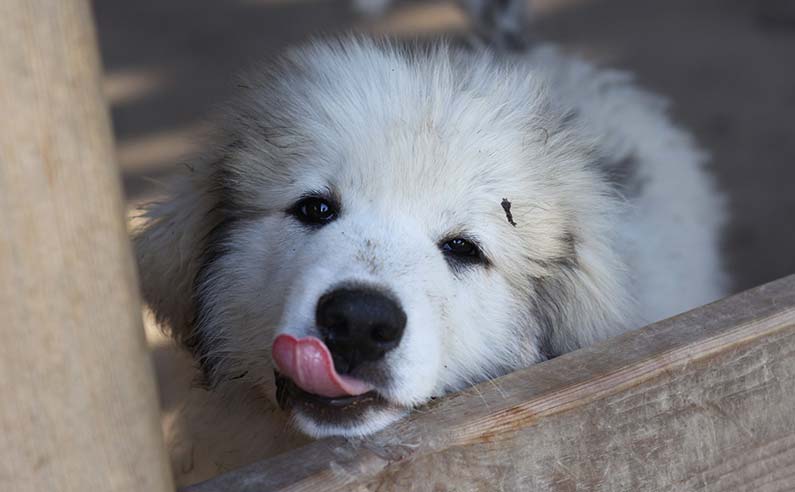
FAQs on Feeding a Great Pyrenees Puppy
So, do you want to find out more about feeding your Great Pyrenees puppy properly? Here are some of the most commonly asked questions regarding that:
Help! My Great Pyrenees puppy isn’t eating much, what should I do?
Most Great Pyrenees puppies that aren’t eating a lot or have a small appetite could be remedied with the following:
1. Mixing wet and dry food
Your Great Pyrenees puppy might like something that’s a mix of both wet and dry food. Oftentimes, a puppy doesn’t like kibble because it tastes bland. Therefore, adding wet food (or even raw food) to the mix will help boost their appetite.
Keep in mind that when you are introducing new food to your puppy, make sure to give them a little taste test and don’t put a lot in one go to avoid wasting it. Some puppies might have adverse allergic reactions to a new food.
2. Add vitamin supplements as advised by the vet
If your Great Pyrenees puppy isn’t eating that much, they might be lacking certain nutrients. Talk to your vet on what’s the best kind of food to feed them depending on the nutrients that they think the puppy is lacking. Only buy supplements for your Great Pyrenees pup when advised by your vet.
3. Look for signs of health problems
Is your Great Pyrenees puppy feeling nauseated or vomiting? That’s a sign that you need to take them to the vet right away. This also goes the same for when your puppy doesn’t eat for a long time, which is a troubling experience for the owner.
How do I choose food for my Great Pyrenees puppy?
The Great Pyrenees puppy is prone to different health conditions and even food allergies so you should choose wisely when it comes to their food. To pick the right Great Pyrenees puppy food, here are some factors that you should know about:
1. Your puppy’s age
Most manufacturers put a special label on their puppy food to indicate if it is ideal for puppies of 3 months, 4 months old, and so on. You should know if the puppy food in question is just right for your Great Pyrenees puppy’s page.
2. Physical activity
Does your Great Pyrenees puppy play around more often? If so, they will need more calories, protein, and fats from their daily food. Likewise, if the Great Pyrenees puppy you have doesn’t play around often, you might need to cut down on the fats and calories, especially if they have a history of obesity.
If you find that your Great Pyrenees puppy is a voracious eater and less of a runner outdoors, consider buying puppy food with less fat and other fillers that aren’t healthy for them.
3. Health concerns and issues
Check with your breeder if your Great Pyrenees puppy has a lineage of health concerns. If the breeder is unavailable, you’d have to guess and work with your vet to know if your pup has certain food allergies or health concerns.
Usually, the Great Pyrenees is a breed that’s prone to hip and elbow dysplasia so it’s best to look for food with glucosamine and chondroitin, as well as sources of calcium, phosphorus, and vitamin D. Whether you choose to feed your pup raw, kibble, cooked, or wet food, it’s all the same – they have to get the right nutrients based on their health concerns.
4. Ingredients
Always look for quality ingredients when choosing the right Great Pyrenees puppy food. In this case, you should find “chicken is the first ingredient” or whatever meat was included, such as lamb, fish, beef, bison, turkey, and the like.
Consult your vet if your Great Pyrenees puppy is better off with a grain-free diet or if they can take a couple of whole grains. If you need to go on a grain-free diet, there are plenty of options in which they use peas as a substitute for soy, wheat, and corn.
5. No fillers
Most pet owners will tell you that soy, corn, and wheat are considered fillers, especially corn. While it is true that they have no nutritional value, it’s not completely harmful, but it’s best to leave them out because the Great Pyrenees is a breed that’s prone to weight issues.
If you don’t want the trouble of looking for filler-free dog food, you can also try raw feeding your puppy because a raw diet will likely contain little to no carbohydrates that aren’t too healthy for your pup.
6. Yes to bone health
As mentioned above, since the Great Pyrenees is prone to hip and elbow dysplasia, look for a puppy food that has glucosamine, chondroitin, calcium, vitamin D, and phosphorus. There are plenty of dog food brands out there with glucosamine, especially brands that are meant for large breeds like the Great Pyrenees.
Raw feeding a Great Pyrenees puppy
If you intend to go for raw feeding, the Great Pyrenees puppy should only have about 2 to 3% of their adult weight for food. In this case, you can ask the breeder of your Great Pyrenees puppy about the weight of the parents so that you’ll have an idea of how much to feed raw to your pup.
Among the raw foods that you can feed to your Great Pyrenees include the following:
- vegetables (celery, spinach, broccoli)
- dog-safe fruits
- liver, kidney, and other organ meat
- animal bones
- fresh muscle meat from chicken, beef, lamb, fish, etc.
- lactose-free dairy such as yogurt
Slow-feeding a Great Pyrenees puppy
The Great Pyrenees is also a breed that’s prone to bloat so slow feeding is important. With this, you can try using a slow feeder bowl if you find that your pup is gobbling their food. Bloat is a terrible health condition that can be fatal to your dog, so it should be avoided at all costs.
Fortunately, many slow-feeding bowls are available on the market. You can also buy puzzle feeders because they allow your puppy to work on getting their food, thereby promoting healthy exercise during mealtime and lessening their likelihood of obesity.
If you can’t attend to your dog all the time, you should have someone observe the feeding schedule of your Great Pyrenees puppy. This will help avoid untoward behaviors such as begging. Advise your puppy caretakers to strictly follow the schedule, don’t give them table scraps, and ensure that they eat at the right time so that they won’t feed too much in one go.
Moreover, another way to slow down your Great Pyrenees puppy from eating too much is to add more meal divisions within the day. For example, you can divide the meals into 4 instead of 3 but lessen the amount per serving so it still adds up nicely depending on their age.
Conclusion
As a whole, the Great Pyrenees puppy is a lovely dog companion when they grow up healthy and strong, which is why raising them properly is important. With the right kind of food, proper frequency of feeding, and other ways to keep them strong and healthy, you’ll have a healthy dog and best friend for life. After all, the Great Pyrenees is a great family and guard dog.
